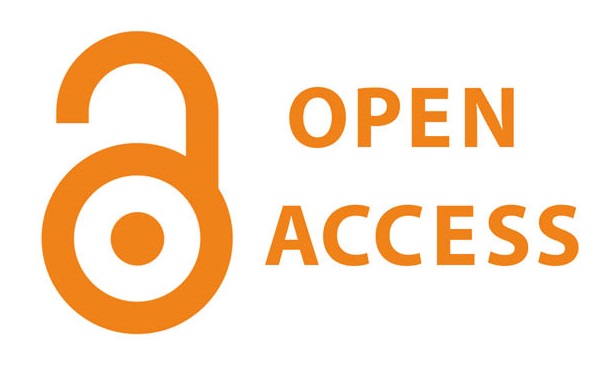COVID-19 Experiences and Social Distancing: Insights From the Theory of Planned Behavior
Purpose:
The objective of this study is to identify the relationship between COVID-19 experiences, perceived COVID-19 behavioral control, social norms and attitudes, and future intention to follow social distancing guidelines.
Design:
This is a cross-sectional study.
Setting:
Participants responded to an on-line survey in June 2020.
Subjects:
The study included 3,183 residents within Quebec, Canada aged 18 and over.
Measures:
Measures include perceived COVID-19 related discrimination, fear of COVID-19 infection, prior exposure to COVID-19, and prior social distancing behavior. Participants self-reported attitudes, perceived behavioral control, and perceived norms related to social distancing. Finally, we measured social distancing behavioral intention.
Analysis:
We evaluated a theory of planned behavior (TPB) measurement model of social distancing using confirmatory factor analysis (CFA). The association between COVID-19 perceived discrimination, fear of infection, previous social distancing behavior, exposure to COVID-19, TPB constructs and behavioral intentions to social distance were estimated using SEM path analysis.
Results:
TPB constructs were positively associated with intention to follow social distancing guidelines. Fear of COVID-19 infection and prior social distancing behavior were positively associated with behavioral intentions. In contrast, perceived discrimination was negatively associated with the outcome. Associations between fear of COVID-19, perceived COVID-19 discrimination and behavioral intentions were partially mediated by constructs of TPB.
Conclusions:
COVID-19 prevention efforts designed to emphasize positive attitudes, perceived control, and social norms around social distancing should carefully balance campaigns that heighten fear of infection along with anti- discrimination messaging.

